Artículo

CMM researchers publish new article in collaboration with Finnish Meteorological Institute:
"Sources and composition of particulate matter in boreal arctic environment next to an active mining area"
Doctors Yeanice Vasquez, Felipe Reyes and Pedro Oyola, in collaboration with Hilkka Timonen and Kimmo Teinilä of the Finnish Meteorological Institute, carried out an investigation to identify sources of particulate matter in a mining area. This research was mainly within the framework of the "HIME project - Particles and noise in a sustainable mining environment" Funded by the Finnish Agency for Financing Technology and Innovation (Tekes) in the research program "Green mining".
Abstract
"Detailed measurements of particulate matter (PM) were conducted in the boreal arctic environment, next to an actively-operating open pit mine. Three distinct PM sources with different chemical composition were identified: mining activities, long-range transported (LRT) PM and clean arctic air. The main sources of PM originating from the mining area were vehicular emissions for submicron particles (PM1) and mining activities (including re-suspended dust) for supermicron particles (PM1–10). PM1 originating from mining activities had a high contribution of black carbon (44%–48%), organic carbon (31%–46%) and a minor contribution from inorganic ions (< 21%) suggesting that it was mainly originating from the vehicles. Based on elemental composition it is likely that supermicron particles were mechanically generated and re-suspended PM from mining activities. In contrast, for the air mass originating from the arctic areas, PM concentrations were very low and PM had a different chemical composition. During the LRT episode, elevated sulphate concentrations in submicron particles were observed".
featured






